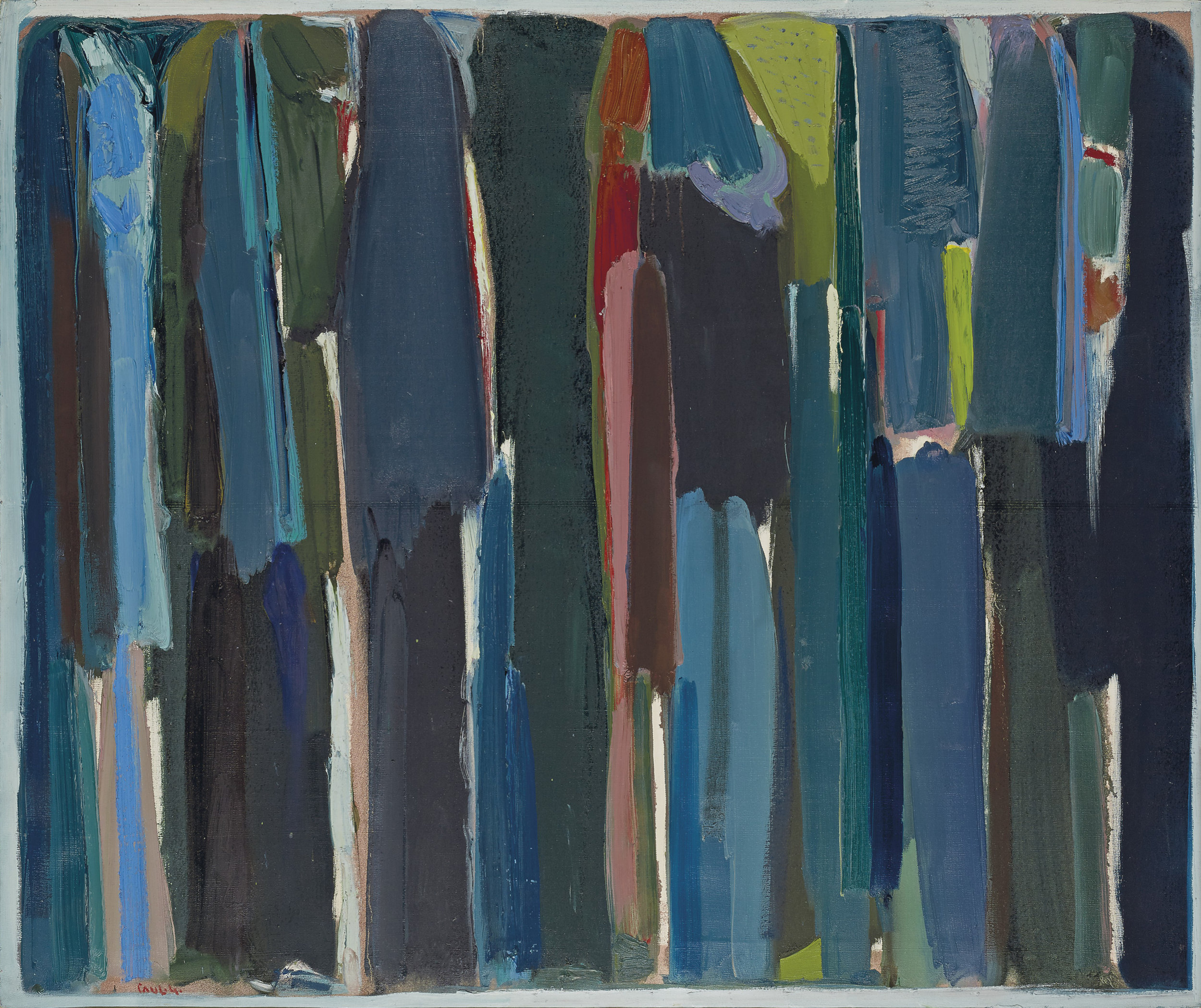Paul Guiragossian solo show to open next year in Sharjah
Paul Guiragossian. Figures (c.1965). Oil on canvas. 60 x 90 cm. From the collection of Fadi Moussalli. Courtesy of Barjeel Art Foundation.
A key figure in shaping the modern art movement in the Arab world, Paul Guiragossian is one of the most celebrated artists in the region. He had an intuitive approach to painting the world around him and is mostly recognised for his paintings of the human form.
There is no doubt that he is one of the most influential artists in the region and certainly one of the most collected. In this forthcoming exhibition at Barjeel Art Foundation, several Guiragossian works have been gathered together from collectors within the UAE marking the impact he had within the country.
Ranging from the early 1960s to the work completed in the early 1990s prior to his death in 1993, the exhibition will also cover several chapters of his oeuvre, which almost always took his social environment as a starting point. He painted the people he saw around him in trademark elongated figures and often revisited the theme of the mother and child – reflective of his own childhood during which he was raised by a single mother.
Paul Guiragossian. Masques et Bergamasques (c.1990). Oil on canvas, 100 x 120 cm. From the collection of James Khazaei. Courtesy of Barjeel Art Foundation.
The later works also display a shift to abstraction within figuration, characterised by elongated forms and colour blocks that exude energy and life.
In collaboration with the Paul Guiragossian Foundation, the exhibition will additionally display a range of archive footage and materials.
Paul Guiragossian was born in Jerusalem in 1926 to Armenian parents, he moved and settled in Beirut in 1947 with his family where he died in 1993 and had a state funeral. This exhibition will mark 25 years since his passing.
- Paul Guiragossian at the Barjeel Art Foundation. March 10 - April 28. barjeelartfoundation.org


